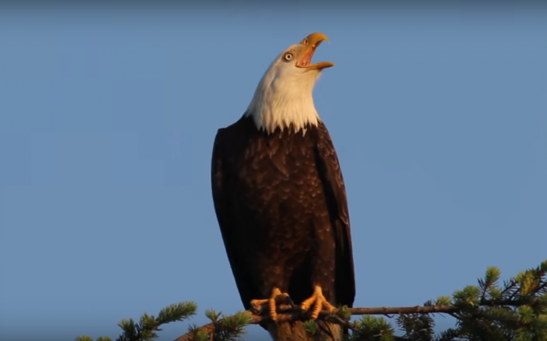birds
Clever Birds use Weight and Sound when choosing their Nuts
Embryological Manipulation Reveals Chicks Can Have Prehistoric Looks
New Sensitivity Study May Reveal ‘Terror Birds’ Hunted In Packs
Giving a Voice to Long-Lost—New ‘Terror Bird’ Species Reveals a Knack for Being on the Hunt
The Nonstop Flight Down South—How One Songbird Species Commutes Thousands of Miles Without a Break
The NonStop Flight Down South—How One Songbird Species Commutes Thousands of Miles Without a Break
The Curious Case of Birds—How Evolution Has Led to Less Differences Than Charles Darwin Thought
Myanmar Bird Fools Scientists Who Thought That It Was Extinct
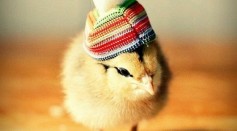
The Chicks With All of the Tricks—Spatial Strategies & Number Mapping
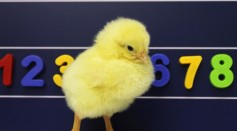
Think That Chicks Are Just Plain Cute? Well It Turns Out That They Have a Knack for Numbers Too
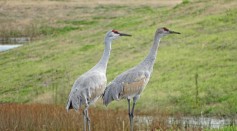
Unusual Sightings in the Annual Bird Count
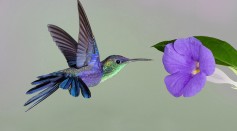
A Holiday Filled With Chirps & Cheer—The Christmas Bird Count

Warblers Flee, As Warnings from Mother Nature Reveal Coming Storms
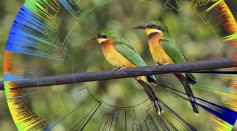
Genomic Study Reveals Pre-Cambrian Explosion of Bird Species, Who Faired Better than Gentle Dinosaurs
Most Popular

Cancer Risk Surges in Beirut Due to Airborne Carcinogens From Diesel Generators

Plato’s Long-Lost Grave Found Using AI To Decipher Herculaneum Scrolls; Greek Philosopher Had Been Sold Into Slavery: Report
![Earth's Quasi-Moon Kamo‘oalewa Could Originate From Lunar Surface Not Asteroid Belt [Study]](https://1721181113.rsc.cdn77.org/data/thumbs/full/53275/89/56/50/40/earths-quasi-moon-kamo-oalewa-could-originate-from-lunar-surface-not-asteroid-belt-study.png)
Earth’s Quasi-Moon Kamo’oalewa Could Originate From Lunar Surface Not Asteroid Belt [Study]

What’s Inside the Moon? Lunar Seismic Data Reveals Earth-Like Core

